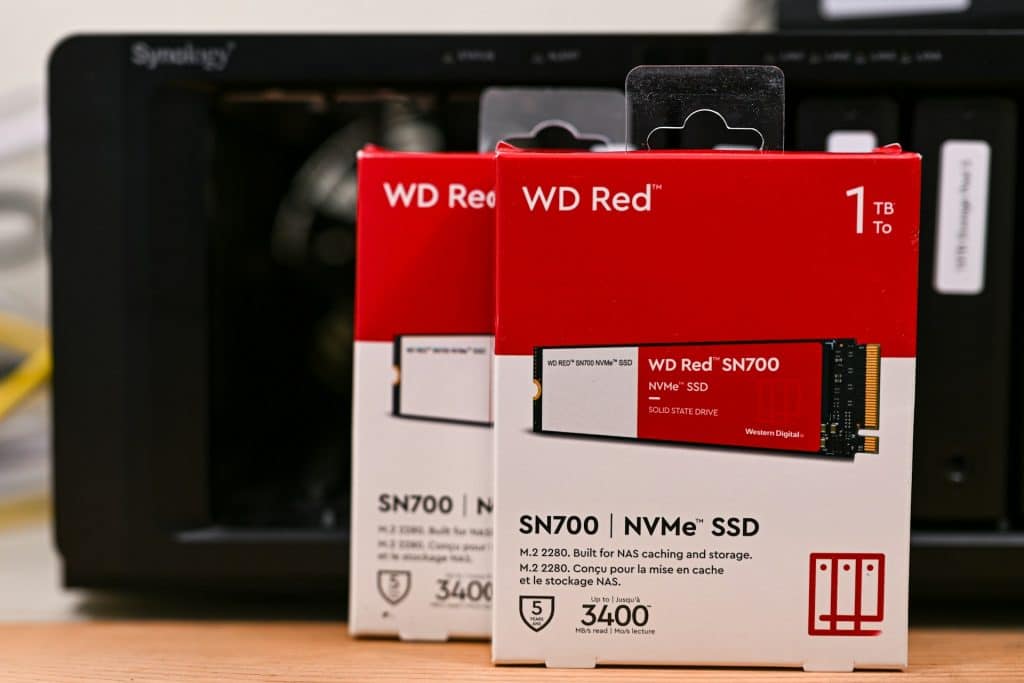The NVMe over TCP/IP (NVMe/TCP) protocol is quickly becoming a key solution for high-performance storage in enterprise infrastructures and cloud environments. This technology allows NVMe (Non-Volatile Memory Express) devices — designed for extremely fast data access — to communicate over standard TCP/IP networks without requiring proprietary fabrics or specialized adapters, as seen in NVMe over Fabrics (NVMe-oF) with RDMA.
How NVMe over TCP/IP Works
The concept is simple but technically advanced. First, a network connection is established using the TCP/IP stack between devices and the host. Once connected, NVMe commands and data are encapsulated and transmitted over the TCP/IP network. This architecture allows servers to access NVMe storage devices that are not physically connected to the machine but instead located in other racks, different data centers, or even across large-scale networks — as long as TCP/IP connectivity exists.
Key Advantages
- Scalability beyond physical constraints: By not being limited to a local PCIe bus or chassis backplane, NVMe/TCP enables the creation of distributed storage architectures. This is especially important for cloud and edge computing environments, where storage resources are often geographically dispersed.
- Cost efficiency: Unlike NVMe over RDMA (such as RoCE or iWARP), which requires specialized hardware and ultra-low-latency network switches, NVMe over TCP/IP operates on standard Ethernet infrastructure, reducing capital expenditures and complexity.
- Compatibility and flexibility: NVMe/TCP integrates easily with existing network infrastructures without requiring major changes, making it an attractive solution for organizations looking to expand without overhauling their architecture.
- Great for mixed workloads: NVMe/TCP is ideal for scenarios that demand high-speed data access but do not justify the complexity of specialized storage networks. It suits environments like transactional databases, virtualization platforms, and data analytics.
Challenges and Risks
Despite its benefits, NVMe over TCP/IP comes with certain challenges:
- Latency: While NVMe/TCP reduces many bottlenecks, it still introduces more latency than direct PCIe connections or NVMe over RDMA. The TCP/IP encapsulation layer adds overhead, which can be critical for applications requiring ultra-low-latency responses in the microsecond range.
- Network congestion: As more NVMe devices connect to the same network, the risk of congestion grows if the infrastructure is not properly scaled. High-performance storage traffic can quickly saturate links if Quality of Service (QoS) and traffic segmentation are not carefully planned.
- Careful network design: Building a robust NVMe/TCP setup requires sufficient bandwidth, redundancy, and continuous monitoring to avoid performance degradation.
Comparison with Other Protocols
- NVMe over RDMA: Delivers lower latency and higher performance but at the cost of specialized hardware and more complex infrastructure.
- iSCSI: A well-known IP-based storage protocol but with higher latency and lower throughput compared to NVMe/TCP.
- Fibre Channel: Reliable and fast, but more expensive, less flexible, and dependent on separate network infrastructure.
Real-World Adoption
Leading enterprise storage vendors like Dell Technologies, NetApp, Pure Storage, and HPE have already integrated NVMe over TCP/IP into their solutions for multicloud and hyperconverged deployments. Additionally, NVMe/TCP is gaining traction in AI, machine learning, and virtualization workloads, where rapid data access and horizontal scalability are key requirements.
Conclusion
NVMe over TCP/IP is emerging as the most versatile solution for organizations looking for high performance, scalability, and flexibility without relying on proprietary hardware. It’s suitable for deployments ranging from traditional data centers to edge and hybrid cloud environments.
However, successful adoption depends on strategic network planning, with a strong focus on bandwidth allocation, segmentation, QoS, and continuous monitoring. Done right, it can avoid excessive latency and network congestion while delivering consistent, efficient performance. In short, NVMe/TCP represents a major step forward in the evolution of storage, making extreme performance more accessible and adaptable for modern IT infrastructures.

